Deck & Commander Strategies
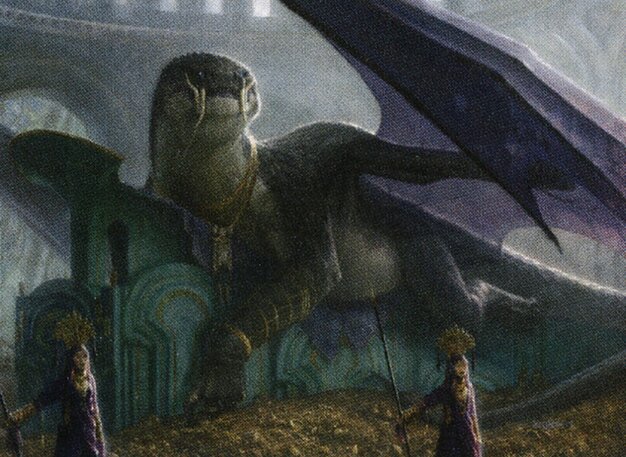
Dragonlord Silumgar
Focuses on stealing opponents’ creatures and copying powerful threats to control the board, disrupting opponents’ strategies while building a threatening presence.

Kaervek the Merciless
Deals incremental damage to creatures and players through triggered abilities whenever damage is dealt, aiming to control the board and finish opponents with repeated burn effects.

Karador, Ghost Chieftain
Leverages graveyard recursion to repeatedly bring back creatures with enter-the-battlefield effects, using sacrifice outlets and milling to disrupt opponents and gain incremental advantage.

Ghalta, Primal Hunger
Utilizes ramp and elf synergies to cast a massive Ghalta quickly, applying pressure with big creatures and overwhelming opponents before they can stabilize.
Gameplay Insights
- 1
Using Mine Slaver to steal an opponent’s turn allowed a devastating Altar of Dementia sacrifice play that swung the game by milling and gaining life, leading to a key player elimination.
- 2
Kaervek the Merciless’s damage triggers were used effectively to chip away at opponents’ creatures and life totals, especially by targeting creatures entering or leaving the battlefield.
- 3
Karador’s deck utilized graveyard recursion combined with sacrifice outlets like Altar of Dementia to disrupt opponent boards and create value from creature deaths.
- 4
Dragonlord Silumgar’s cloning of key threats like Ghalta and Karador added layers of complexity and pressure to the game, forcing opponents to respond to multiple high-impact threats.
- 5
Early ramp and mana acceleration were crucial for Ghalta to come down quickly, demonstrating the power of elfball strategies in enabling fast, overwhelming threats.
- 6
Players carefully timed removal and combat blocks to manage lethal damage from Kaervek’s triggers and Ghalta’s large creatures, showing the importance of interaction in multiplayer EDH.
Notable Cards
-
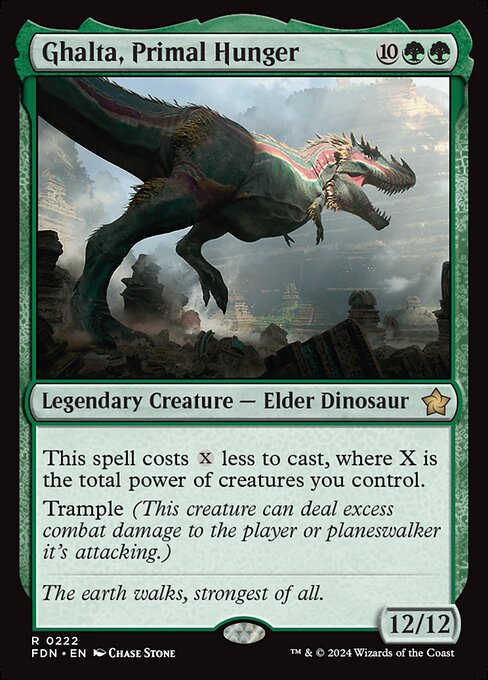
Ghalta, Primal Hunger
-
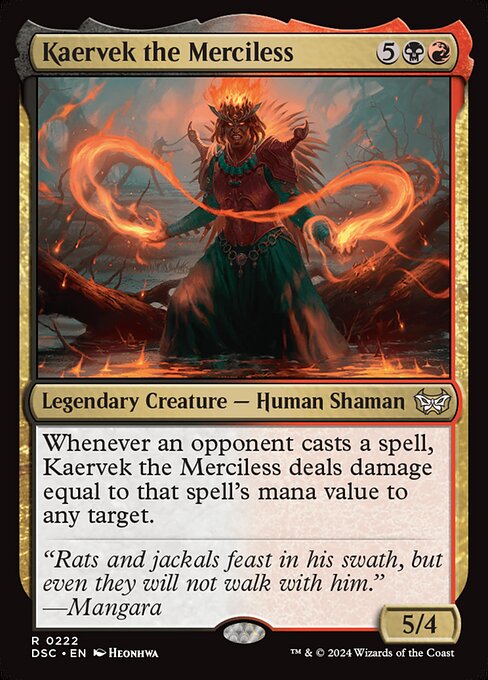
Kaervek the Merciless
-
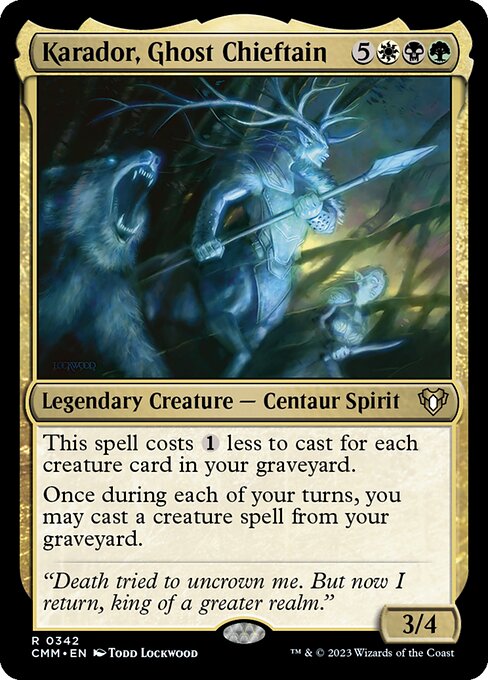
Karador, Ghost Chieftain
-

Dragonlord Silumgar
-
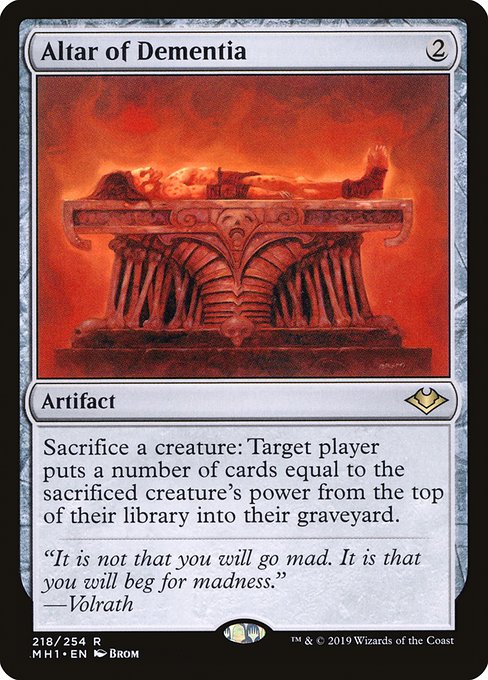
Altar of Dementia
-

Noxious Gearhulk
-
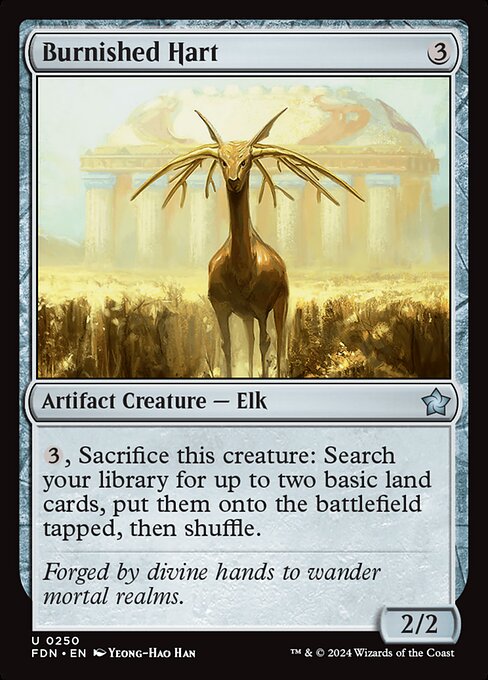
Burnished Hart
-

Memorial to Folly
-
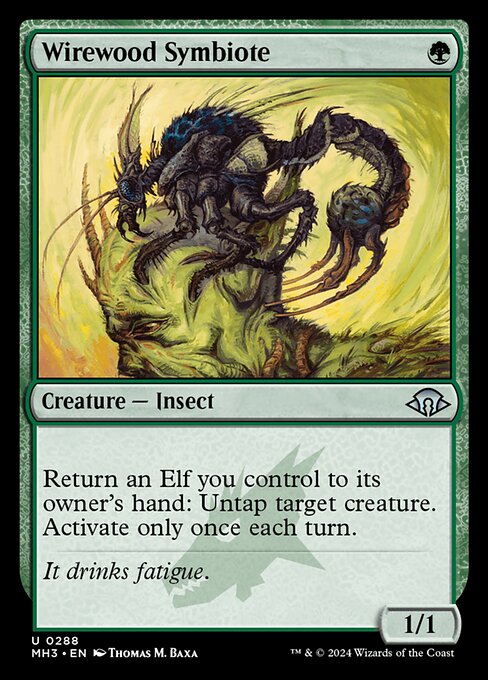
Wirewood Symbiote
-
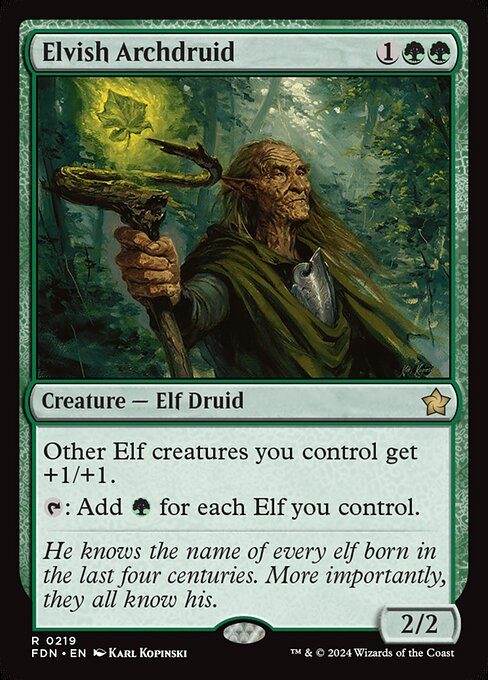
Elvish Archdruid
-

Demonic Tutor
-
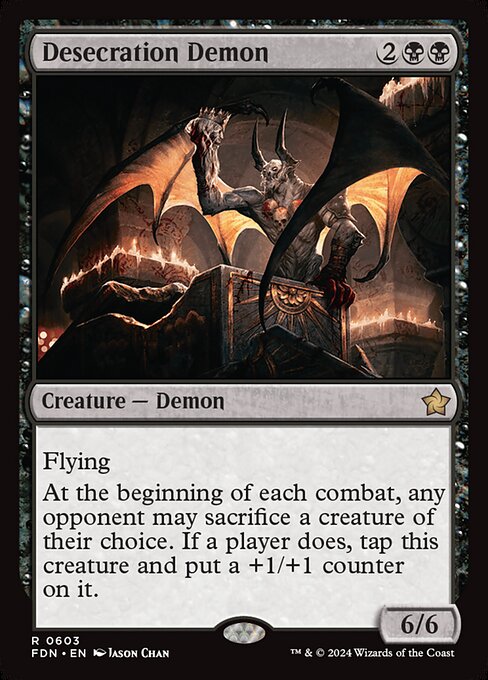
Desecration Demon
-
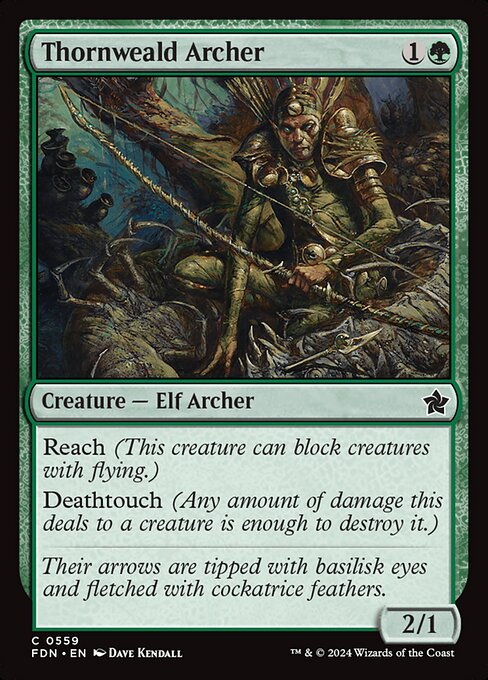
Thornweald Archer
-
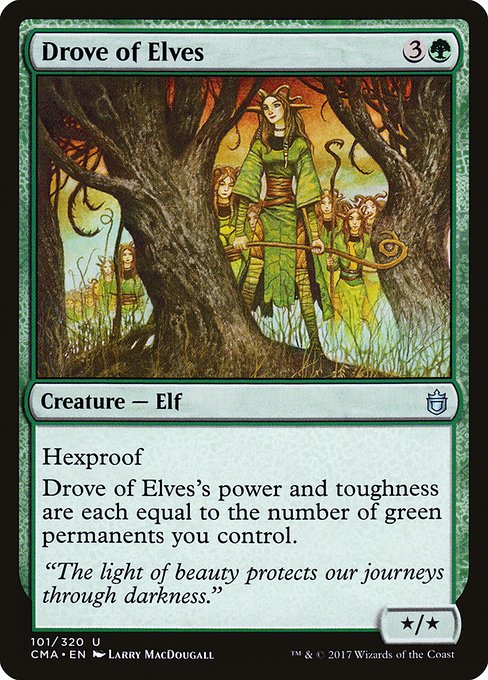
Drove of Elves
-
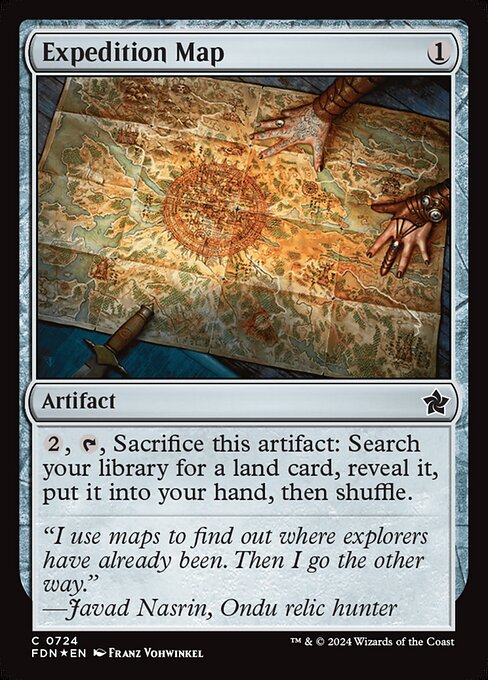
Expedition Map
Gameplay Summary
The game featured four commanders—Dragonlord Silumgar, Kaervek the Merciless, Karador, Ghost Chieftain, and Ghalta, Primal Hunger—battling in a dynamic and interactive multiplayer EDH match.
Early turns saw ramping and board development with key mana dorks and utility lands.
Ghalta’s player quickly established a strong board presence by casting powerful elves and key lords, enabling a fast and threatening 12/12 Ghalta that pressured opponents heavily.
Kaervek’s deck utilized damage triggers from dealing damage to creatures and players, continuously whittling down life totals and removing threats.
Karador’s deck leveraged graveyard synergies, recurring creatures like Fiend Hunter and Kikuchiyo with the help of Altar of Dementia to mill opponents and gain life, disrupting others’ plans effectively. A pivotal moment occurred when a Mine Slaver stole an opponent’s turn, leading to a massive life swing and the eventual elimination of Ghalta’s player through Altar of Dementia’s combined sacrifice and mill effects.
Meanwhile, Dragonlord Silumgar’s deck utilized cloning and stealing effects to create copies of powerful creatures like Ghalta and Karador, adding extra pressure.
Despite aggressive plays from multiple players, Kaervek’s triggers and Karador’s graveyard recursion proved critical in controlling the board.
The game ended when a pair of large creatures controlled by Dragonlord Silumgar’s player were neutralized, signaling the conclusion of this fast-paced, interaction-heavy game.













![Commander Versus Series: 2HG Sidisi & Anafenza v. Dragonlord Silumgar & Atarka [MTG Multiplayer] thumbnail](https://i.ytimg.com/vi/Pp4UOi-Ayao/sddefault.jpg)



















